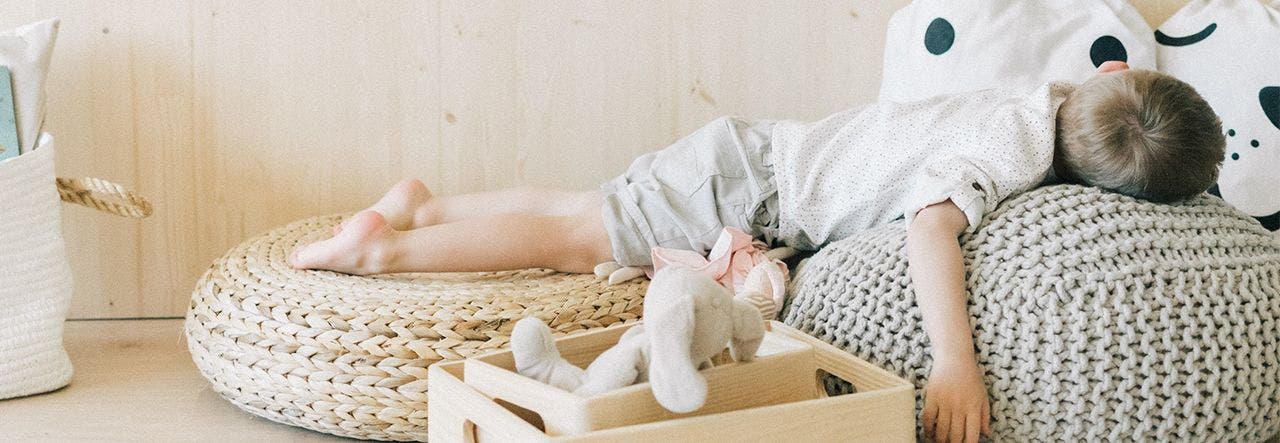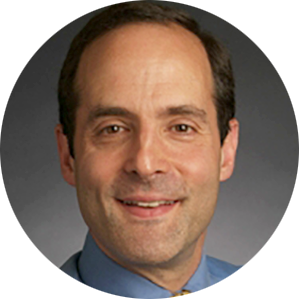Naturepedic is committed to helping your kiddos get Safe Healthy Sleep™, and we’re happy to welcome Dr. Lavin back to the blog to discuss sleep disorders in children. Don't forget to find Dr. Lavin on the ParentTalk Podcast, too!
One of the most powerful experiences of having a child is the loss of sleep that follows. Some is expected, of course. But, when sleep becomes a problem, the urgency to resolve the issue is real and strong.
What’s normal? What’s a sleep disorder? I’ve been a practicing pediatrician for 25+ years, which means I’ve seen a lot of parents seeking help for their children’s sleep struggles. In this post, I’ll review some of the most common sleep disorders in children that leave young kids and parents experiencing interrupted sleep.
Let’s talk about sleep disorders in children and what to do about it.
First Things First: Normal Sleep Development
By far and away the most common sleep “problem” in children is the fact that newborns are developmentally incapable of sleeping through the night. The good news is that all babies, if healthy, are very capable of sleeping through the night at 4 months old.
The struggle is that not all parents are ready to ask their baby to do so at that age, meaning there is a strong behavioral component to baby and toddler sleep challenges. The management of normal sleep development is unique amongst the common sleep problems of early childhood for the fact that the child is quite fine – it is the parents who have the struggle.
A fuller description of this developmental process and how to manage is available in my books: Baby and Toddler Sleep Solutions for Dummies and Who’s the Boss: Moving Families from Conflict to Collaboration. For now, let’s move on to the common sleep disorders in kids.
Parasomnias and Kids
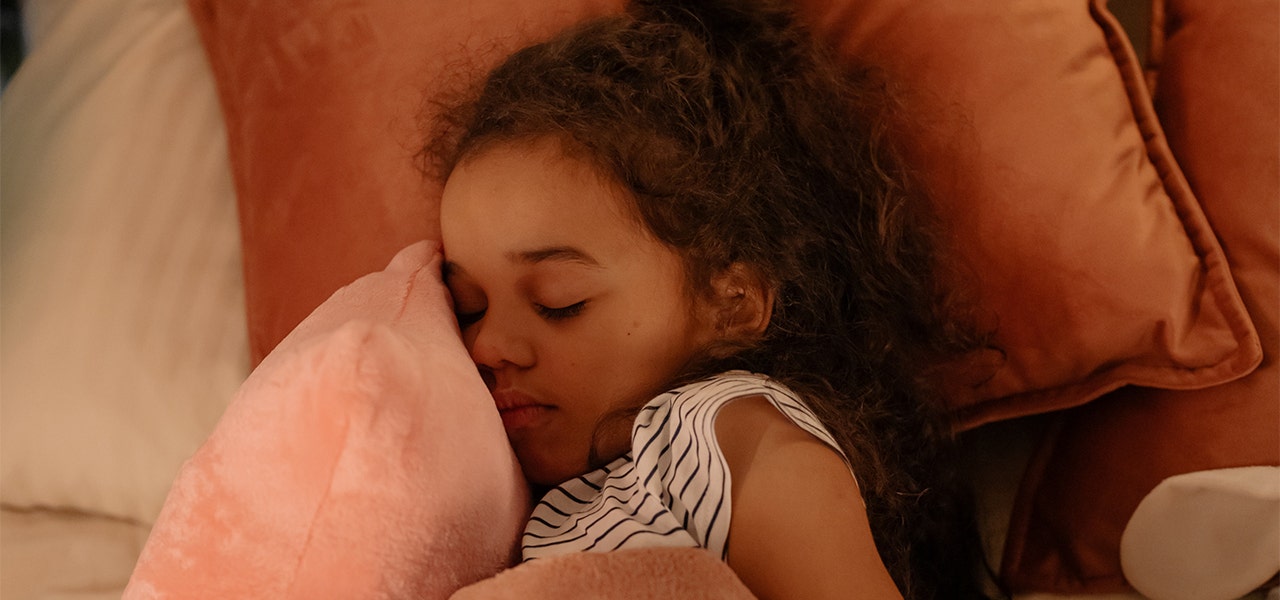

Parasomnias are all the actions we take when in deep sleep that mimic actions we take when awake. Because parasomnias occur in deep sleep, children have no idea that they performed these actions when sleeping and wake up with no memory of it either. Parasomnias are common – about 20% of kids will experience one – and include:
Sleep Talking
About two-thirds of people talk in their sleep, making it by far the most common parasomnia. Like all parasomnias, sleep talking happens mostly during the deepest stages of sleep (Stage 3 and Stage 4), as opposed to during REM sleep. And like all other parasomnias, it is as though the brain runs the software for the actions, except with no apparent purpose. Listen to someone talking in their sleep, you may hear words or phrases, but you won’t hear a sustained sequence of purposeful speech.
Sleep talking tends not to go away as you get older and there are no recommended interventions since none work. Thankfully, there’s no harm in sleep talking!
Sleepwalking
Sleepwalking (somnambulism) is far less frequent than sleep talking. But it’s the same phenomenon, the only difference being that the action the mind activates is for walking. Children who sleepwalk wander about, looking like they are walking normally, but to no purpose.
If your child sleepwalks, it’s important to secure your home safely. Deadbolt doors to the outside so they cannot wander off into the street. Secure medications, knives, and guns under lock and key with no ready access to the keys. Then, as with sleep talking, let the parasomnia happen.
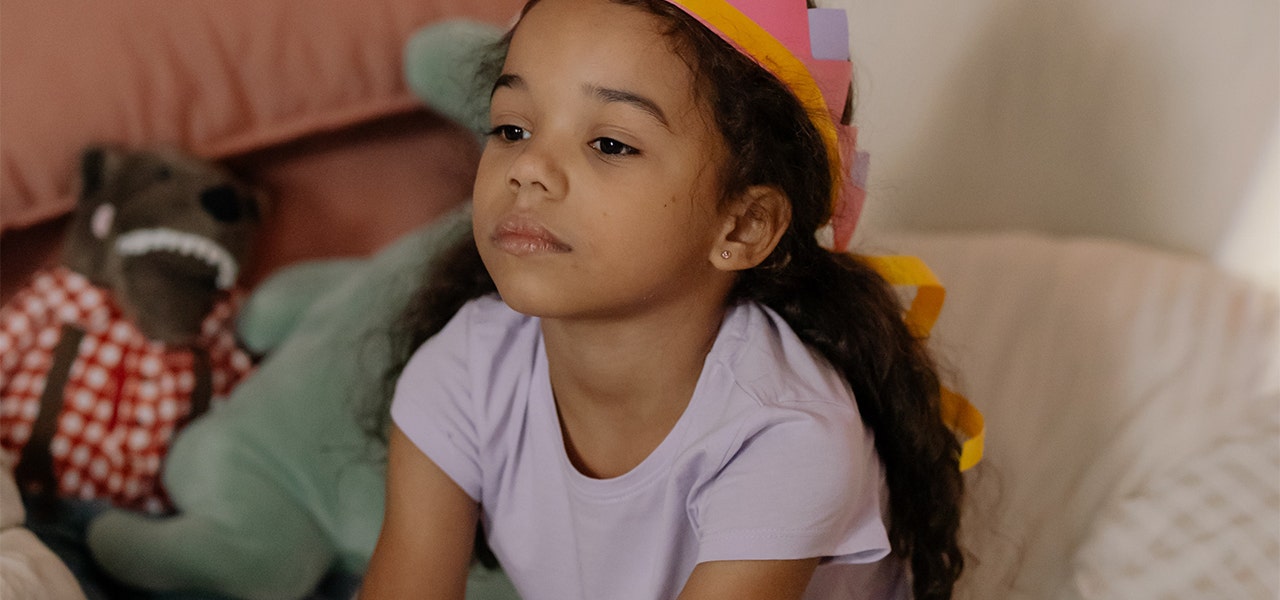

Sleep Peeing (Bedwetting)
Bedwetting refers to a child who is fully toilet trained and dry all day but wets their bed during deep sleep. Most people think of bedwetting as a failure of management. The child drinks too much, goes to bed with a full bladder, etc. However, like all parasomnias, bedwetting is about the brain simply running a command.
That’s why making your child pee before bed, restricting fluids or exercising their bladder to hold urine for longer intervals won’t help. But, there is an intervention that works: wet alarms. These sensors emit a loud alarm when wet, and about 80% of kids over the age of 4 who use wet alarms have success. Also, bedwetting almost always goes away with age.
Sleep Screaming (Night Terrors)
In this parasomnia, the action triggered by the brain is to scream. Night terrors can be upsetting for parents, but the child is not experiencing any fear or terror and will wake up the next morning happy and with NO memory of what looked like a whopper of a panic. The screaming action has no meaning.
The best way to understand night terrors is to contrast them to regular nightmares. Nightmares occur in REM sleep, a much lighter phase than the deep sleep where night terrors happen. As everyone knows, we remember many of our dreams and they are packed with rich narrative meaning. You can wake someone up during a bad dream and they will often still be “in it.”
So with a nightmare, your child is in REM sleep, experiences a story, is terrified by it – and can often remember it. Whereas, with night terrors, your child is in Stage 3 or 4 of deep sleep, cannot be woken up, is not experiencing any story (or anything!) and won’t remember it. Their brain just randomly activates the circuits that make them scream.
There is no real treatment to prevent night terrors, except time, but few children have night terrors beyond age 12.
Sleep Apnea in Children
Unlike parasomnias, sleep apnea is a condition that can be detrimental to your child’s health. During sleep, we breathe more slowly which, combined with the structure of our throats, makes longer pauses between breaths more common. Sleep apnea occurs when these pauses last too long, exposing the person to dropping oxygen levels.
Typically sleep apnea in children happens when the throat is too crowded from enlarged lymph nodes. When the child falls asleep lying down, the airway narrows and impedes breathing.
How to Tell if Your Child Has Sleep Apnea
First, know that only about 5% of children have sleep apnea. Next, understand that while people tend to associate snoring with sleep apnea, not everyone who snores has sleep apnea and vice versa.
For kids under 5 years old, snoring is the most common sleep apnea symptom, but again snoring isn’t always related. Over age 5, sleep apnea can have observable impacts on behavior, including increased bed wetting, daytime drowsiness and struggle with focus. A number of kids diagnosed with ADHD in fact turn out to have sleep apnea.
f you suspect sleep apnea, ask your child’s pediatrician to look in their throat. This can be a great clue since most sleep apnea cases in childhood come from the natural increase in lymph node size in the throat before puberty. But, the only way to really know is to do a sleep study. Should sleep apnea be found, there are treatments that can help keep your child healthy and rested.
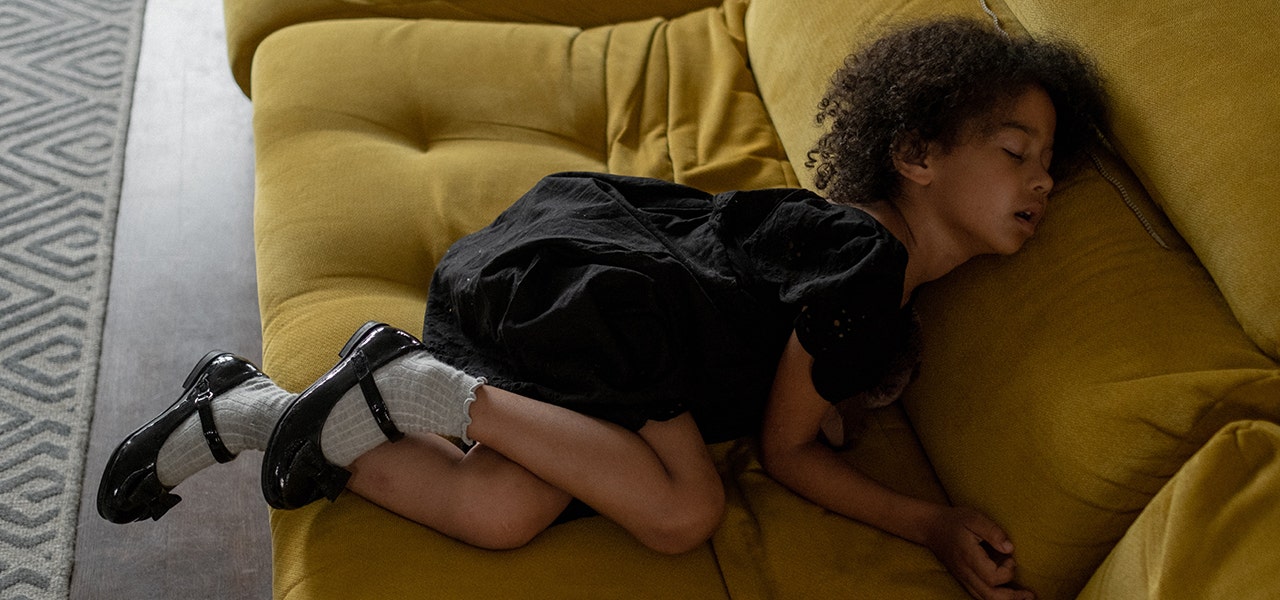

Dr. Lavin’s Bottom Lines on Sleep Disorders in Children
- Every parent experiences challenges around their child’s sleep – At the very least, 100% of parents experience interrupted nights of sleep after the birth of a newborn.
- Parasomnias, all of the actions the body takes in deep sleep when the brain activates signals without purpose, are also very common.
- The most common parasomnia (in about 66% of kids) is sleep talking. It’s harmless and has no therapy.
- Sleepwalking is rarer, is also harmless and has no cure, but the area needs to be secured.
- Bedwetting occurs when the brain activates peeing action. Kids typically outgrow it, but wet alarms do end this parasomnia about 80% of the time they are tried.
- Night terrors are the parasomnia where the activated action is screaming. The child cannot be woken with any ease but also has no memory of the event and is not afraid. There is no therapy but kids tend to stop doing this as they get older.
- Sleep apnea is defined as happening if the normal pauses between breaths while asleep extend to the point where oxygen levels drop too much. About 5% of kids have sleep apnea and by far the most common cause is the normal growing of kids’ tonsils and adenoids.
- Not all snoring indicates sleep apnea, and not all sleep apnea causes snoring. Sleep apnea is very treatable but you must confirm it with a sleep study.
 BABY
BABY  KIDS
KIDS  ADULT
ADULT  LEARN
LEARN  STORES
STORES 